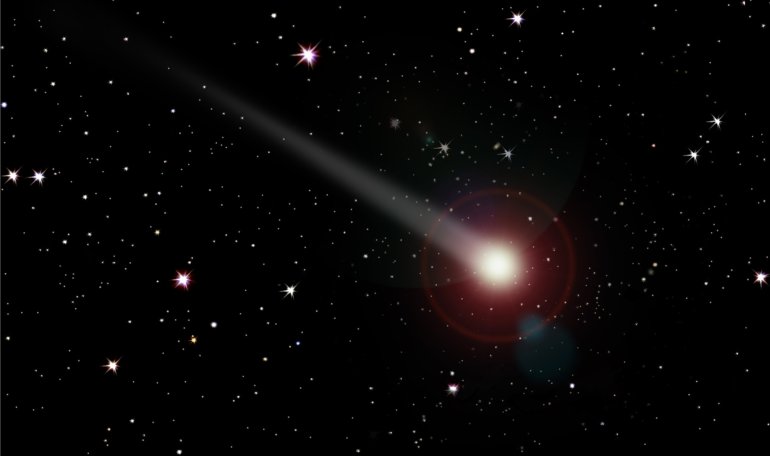NEW ORLEANS (WGNO) – Around 6:50 this morning, a bright flash streaked across the sky and the reports of a meteor started pouring in from across the Southeastern United States. If you missed it, there’s good news: you’ll have plenty more chances to see one over the next few weeks.
While this morning’s fireball wasn’t part of the Orionid meteor shower, it’s still going to be ramping up over the next week. The Orionids, named so because they appear to originate from the constellation Orion, occur every year in October. The meteors are actually fragments of the most well known comet to pass us by: Halley’s Comet.

The meteor shower doesn’t actually peak until the mornings of October 20-21 and the best way to see part of this meteor shower is in the pre-dawn hours of the morning. Look for the constellation Orion, which will be in the southeastern sky. The easiest way to find Orion is to look for Sirius, the brightest star in the sky which will be just above the horizon and then tilt your head up. You should see three bright stars located close together in almost a line. This is Orion’s Belt and is almost the center of the constellation Orion.

The peak on October 20-21 will see a rate of up to 20 meteors an hour under ideal conditions. If you live in New Orleans or the surrounding areas though, conditions won’t be ideal. This is because of the abundance of light put out by the city at night which makes seeing fainter meteors more difficult.
Just pack some patience and maybe a strong cup of coffee for the morning hours and you too will have the chance to see a part of this celestial light show.



